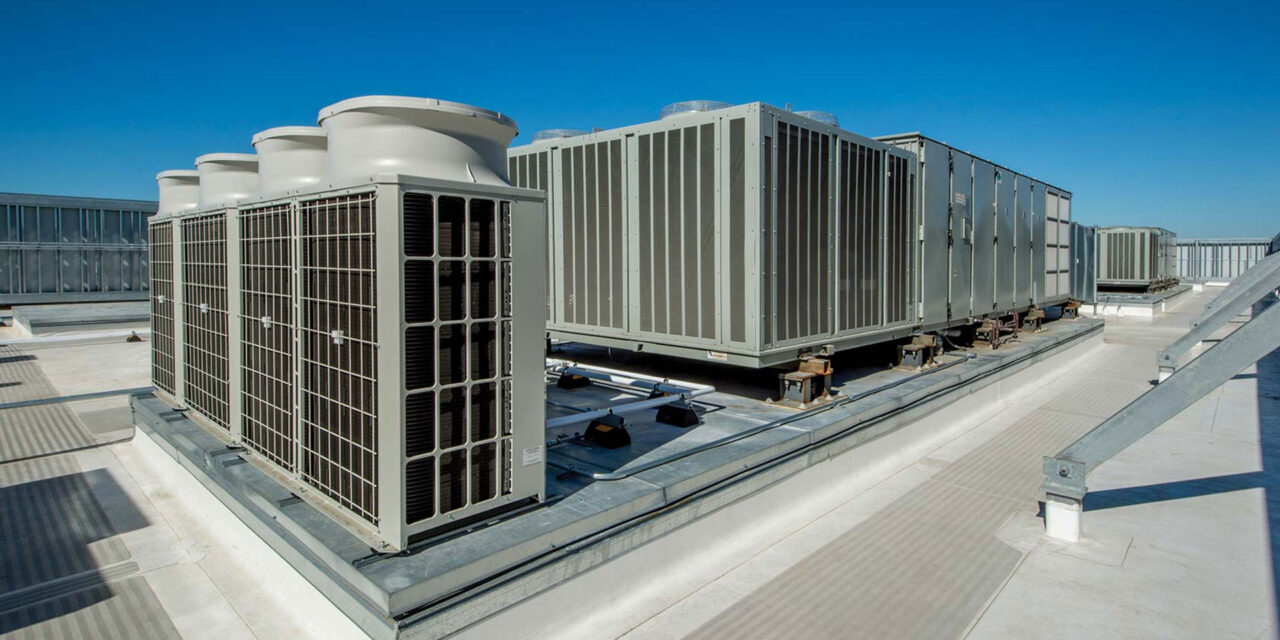As senior living facilities begin their capital planning for 2025, it’s critical to anticipate rising HVAC equipment costs and regulatory changes that could impact your budget. Understanding which systems will be most affected allows you to budget more appropriately, helping ensure you are financially prepared to manage these changes.
Key Takeaways:
- Rising Costs: HVAC prices are projected to rise by 7-25% across major systems.
- New Regulations: Stricter energy standards and refrigerant changes will require upgrading outdated systems when replacements are needed.
Most Expensive HVAC Equipment to Replace & Projected Price Increases (2025)
Key Takeaway: Major HVAC systems will see significant cost increases. Budgeting for these systems now will help mitigate financial strain later.
HVAC Projected Price Increases
Projected price increases are estimates based on field experience and current trends. Actual increases may vary based on a number of factors.

Projected Price Increases by Major OEMs
Leading manufacturers have projected price increases for 2025 due to rising material costs and regulatory changes. For example, Carrier’s prices have increased significantly in recent years, with similar trends expected in 2025.1,2
Navigating Regulatory Changes
In addition to rising costs, several regulatory changes are expected to continue affecting HVAC equipment in 2025. The Environmental Protection Agency (EPA) is phasing out R-410A refrigerants as part of the AIM Act, transitioning to lower global warming potential (GWP) refrigerants like R-32 and R-454B. By 2025, the manufacturing of new systems using R-410A will likely be limited, and the cost of maintaining existing systems using this refrigerant will rise as supply dwindles.
Additionally, stricter energy efficiency standards and new environmental requirements could make some existing systems non-compliant, requiring expensive upgrades when equipment needs replaced.3,4
New regulations carrying into 2025 will impact HVAC systems:
Refrigerant Phase-Out: The shift from R-410A to eco-friendly alternatives like R-454B and R-32 will raise maintenance costs for older systems.
- Timeline: The transition began in 2022, and by 2025, R-410A will become even more scarce and expensive to service.
- Impact: Facilities with R-410A and R-22A systems will face escalating maintenance costs, so budgeting for new, compliant replacements is essential.67
Building Electrification and Decarbonization
New regulations are accelerating building electrification efforts across the U.S., focusing on replacing gas-powered HVAC systems with electric heat pumps to reduce carbon emissions. California’s 2025 Building Energy Efficiency Standards will require wider adoption of electric heat pumps and “electric-ready” infrastructure.
- Timeline: Nationwide, electrification initiatives will continue to impact HVAC costs going into 2025 as low-GWP refrigerants are phased in. California’s standards take full effect in 2026 but will begin influencing the market earlier.
- Impact: Facilities should budget for capital investments in energy-efficient HVAC systems to comply with these evolving regulations.5,6
Some states affected by upcoming changes include:
| California | Texas | Florida |
| Title 24 requires all new construction to be “electric-ready” for future HVAC installations.4 | HVAC systems will continue to transition to R-454B or R-32 refrigerants, increasing costs by 20-30% as R-410A becomes scarce.6 | The continued transition to low-GWP refrigerants will drive up equipment costs, and retrofitting older systems will become more expensive.7 |
Action Step: Assess your current systems and budget for upgrades to ensure compliance as regulations take effect. Learn what you can do to comply with new refrigerant mandates –>
How Direct Supply® TELS® Can Help
As the leading Senior Living technology platform, Direct Supply TELS specializes in helping our customers navigate these rising costs and regulatory hurdles. By partnering with us, you can:
- Prioritize Equipment: Focus on replacing the most critical systems.
- Develop a Capital Plan: Prioritize your capex list to ensure your budget is aligned with the most critical needs.
- Achieve Long-Term Savings: Invest in energy-efficient systems to save on utility costs in the years ahead.
Next Step: Contact us today to start planning for 2025 and ensure your capital plan is ready to meet these new challenges.
With rising costs, ongoing labor challenges and regulation changes, proactive capital planning for HVAC systems is critical. By working with Direct Supply TELS, you can minimize risks and ensure your facility remains both compliant and cost-effective. Don’t wait—start developing your capital plan today.
Sources:
- HVAC Prices In 2024: Most Recent List Of Manufacturer Price Increases – Public Announcements | Campbell & Company (trustcampbell.com)
- HVAC Equipment Prices Expected To Keep Rising! But WHY!? (westernhvac.com)
- R410A Phaseout: Everything You Need to Know | LennoxPros
- What to Know About the 2025 HVAC Refrigerant Change – Air Conditioning Blog – Rheem Manufacturing Company
- Energy Commission Adopts Updated Building Standards Expanding Requirements for Heat Pumps and Electric-Ready Buildings (ca.gov)
- New Trane Commercial Products Focus on Decarbonization | ACHR News
- Building Energy Efficiency Standards | California Energy Commission




